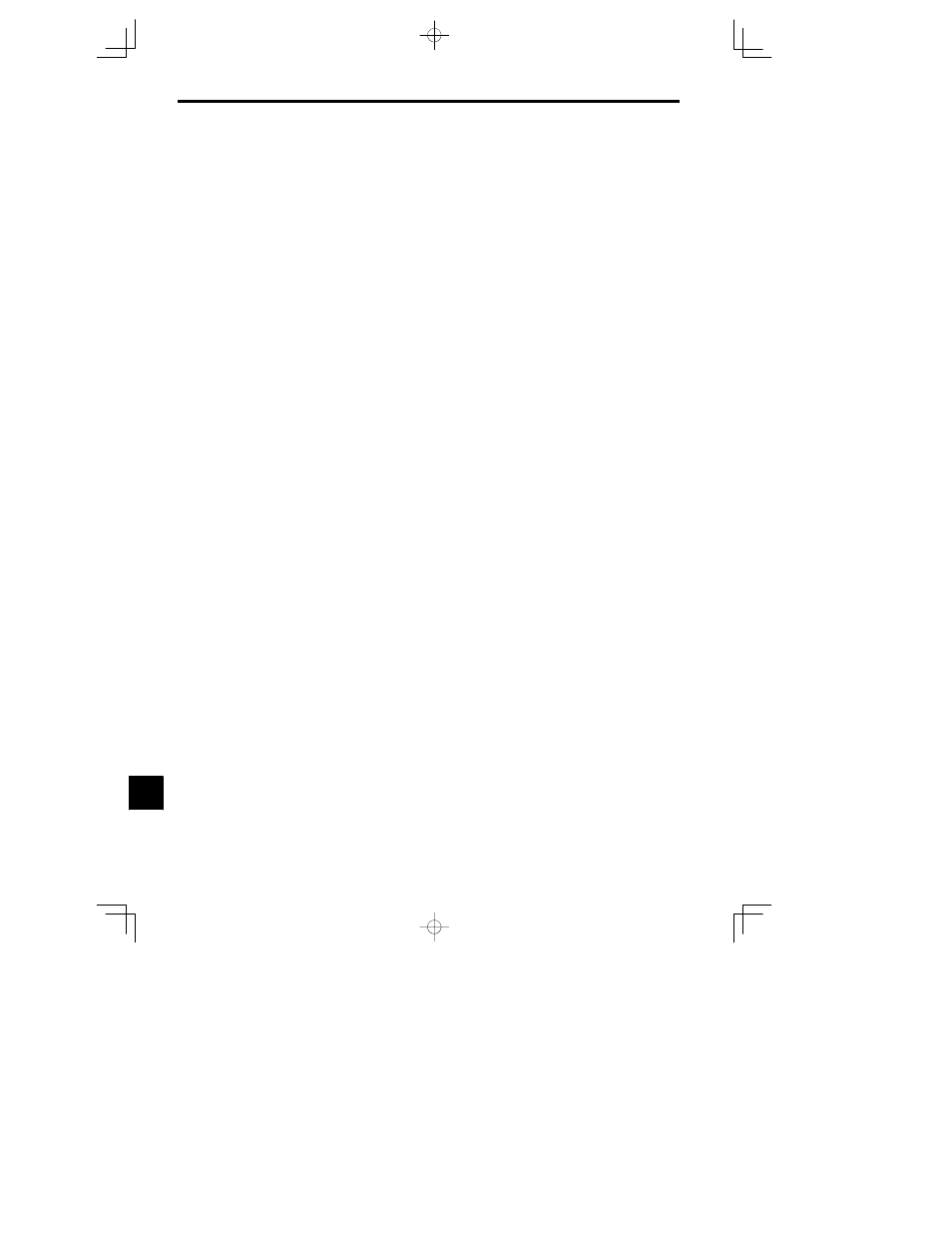3 peripheral device application precautions – Yaskawa VS-626 MC5 User Manual
Page 275

Appendix
- 6
12.3 Peripheral Device Application Precautions
J
Selecting and Installing Wiring Breakers
Install a molded-case circuit breaker (MCCB) on the power supply line to the Inverter to protect the wiring.
Select the MCCB according to the Inverter’s power supply power factor (which changes with the supply volt-
age, output frequency, and load) . Contact your Yaskawa representative for selection standards. Operating
characteristics of completely magnetic MCCBs change with high-frequency currents. Select a model with
a large capacity. We recommend using only ground fault interrupters designed for inverters.
J
Using Magnetic Contactors on the Power Supply Line
The Inverter can be used without a magnetic contactor on the power supply line. Although a magnetic contac-
tor can be installed to protect from accidents that can occur by automatic recovery following power losses
during remote operation, do not start and stop operation frequently with a magnetic contactor installed on
the power supply line. Doing so can cause the Inverter to malfunction. The motor will not be automatically
restarted after power recovery during Digital Operator operation, and starting via a magnetic contactor is thus
not possible.
Although operation can be stopped using a magnetic contactor in the power supply line, the regenerative con-
trol of the Inverter will not operate and a coast to a stop will occur. If a Braking Unit or Braking Resistor Unit
is used, wire a sequence that turns OFF the magnetic contactor with the thermal protector contact of the Brak-
ing Resistor Unit.
J
Using Magnetic Contactors on the Motor Line
As a rule, so not install a magnetic contactor between the Inverter and motor to turn the motor ON and OFF
during operation. Supplying power to the motor while the Inverter is operating will cause a large surge cur-
rent to flow, and the Inverter’s overcurrent protection function will operate. If a magnetic contactor is
installed to switch to a commercial power supply, switch the lines only after stopping both the Inverter and
the motor. Use the speed search function is switching is required while the motor shaft is rotating.
If a magnetic contactor is required for momentary power losses, use a contactor with delayed operation.
J
Installing Thermal Overload Relays
The Inverter has a protection function using an electronic thermal to protect the motor from overheating.
However, if more than one motor is operated from one Inverter or if a multi-pole motor is operated, install
thermal overload relays or thermal protectors between the Inverter and motors. Set the constant L1-01 to “1”
and set the heat-operating thermal overload relay or thermal protector to 1.0 times the value on the motor
nameplate at 50 Hz or 1.1 times the value at 60 Hz.
J
Improving the Power Factor (Eliminating Phase Advancing Capacitors)
Install a DC or AC reactor on the power supply line to the Inverter to improve the power factor. (200 V class
Inverters of 18.5 to 75kW and 400 V class Inverters of 18.5 to 160kW have built-in DC reactors.)
Capacitors or surge suppressors on the output line from the Inverter can overheat or be destroyed by the high-
frequency component of the Inverter’s output. They can also cause overcurrents to flow to the Inverter, caus-
ing the overcurrent protection function to activate. Do not install capacitors or surge suppressors in the output
line.
J
Electromagnetic Interference
The Inverter’s I/O circuits (main circuits) contain a high-frequency component, which may adversely affect
communications devices (e.g., AM radios) located nearby. This interference can be reduced by installing
noise filters, or you can install the wiring between the Inverter and motor and the power supply wiring in a
metal duct and ground the duct.
12